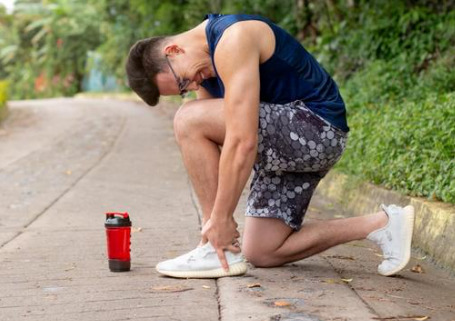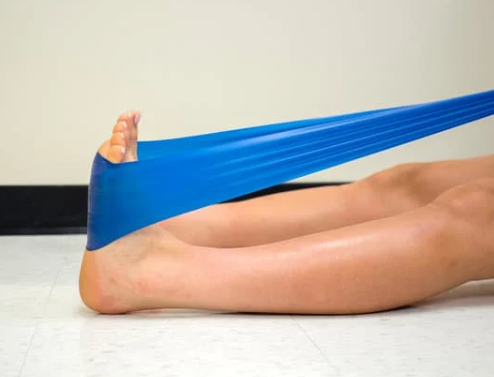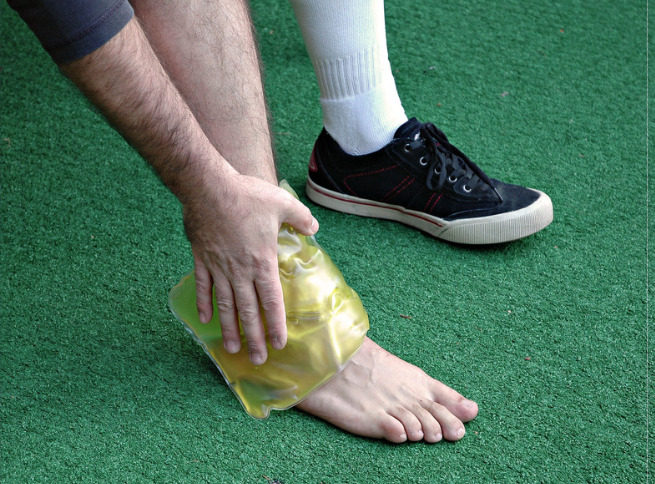Chronic Ankle Injury Grade III
Suffering from Chronic Ankle Injury Grade III? The ankle needs to be strong so that it can help support the weight of the body when a person undertakes daily activities. Strength training is crucial, but it is essential to follow a podiatrist instructions about when to start this stage of exercise. Usually, a person […]
Chronic Ankle Injury Grade III Read More »










